Calico Wallpaper founders Nick and Rachel Cope set up studio and home in Upstate New York
Having put down firm roots in the Upper Hudson Valley since the pandemic, the Calico Wallpaper duo is developing new collections inspired by this bucolic setting
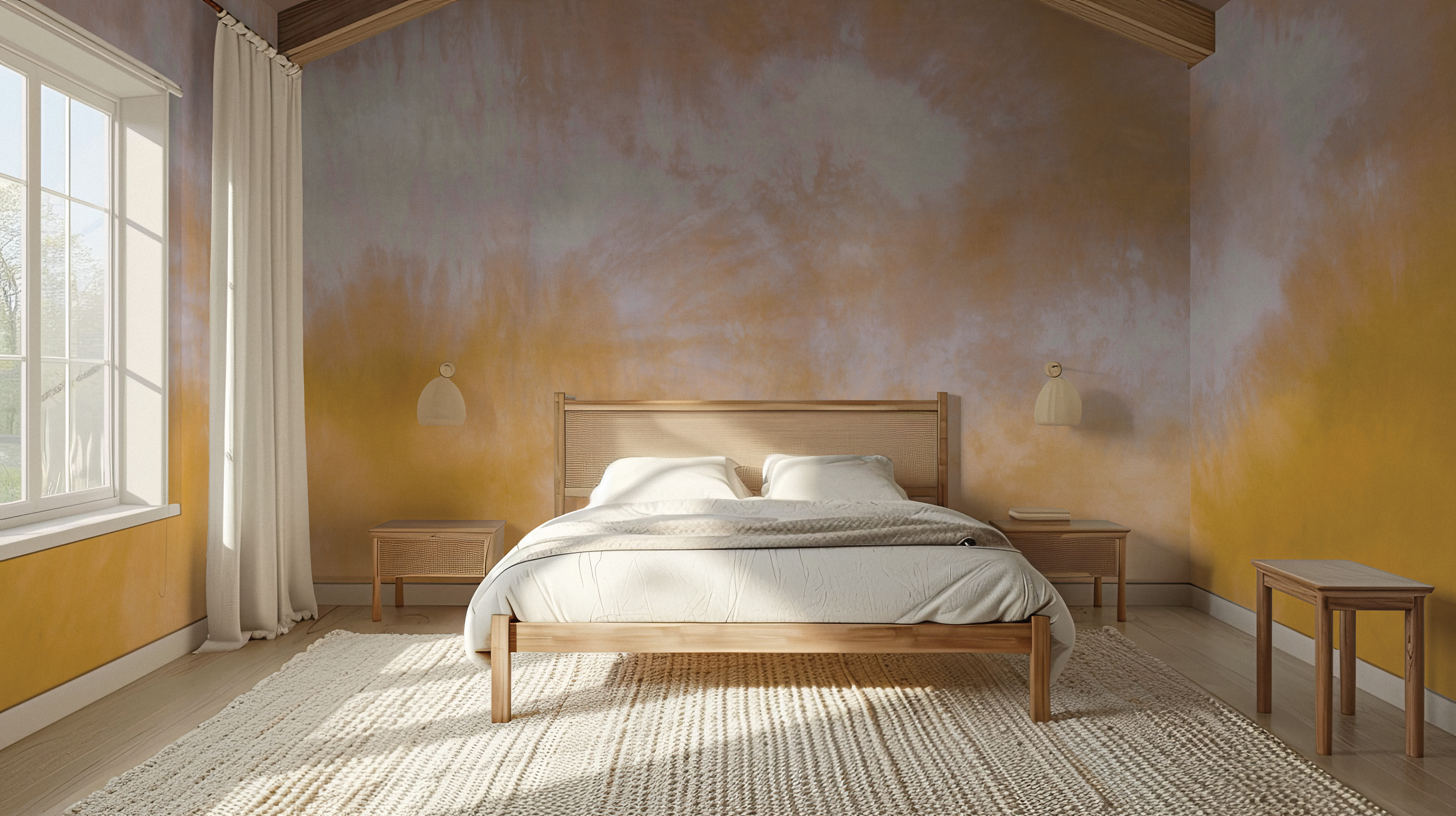
This October, widely revered boutique wall-coverings brand Calico launched the Alchemy and Enchantment collections: ethereal designs informed by the natural-dyed silks utilised in the puppet theatre of Janene Ping, the Hawthorne Valley Waldorf School teacher that recently taught founders Nick and Rachel Cope’s children. The duo—one of a handful of independent studios that defined the post 2008-recession New York design scene—moved to the Upper Hudson Valley region during the Covid-19 pandemic. Like many urban-transplants escaping the city, they came in search of a better quality of life. But unlike most that have since returned, the Copes stayed and it significantly impacted how they work.
‘I feel liberated to explore new ideas with more freedom, away from the frenetic energy of New York City,' Rachel Cope explains. 'Being upstate has allowed us to establish a studio space that accommodates larger-scale projects, incorporating nature-based materials and processes that weren’t feasible before. This slower, more grounded pace has influenced the evolution of our practice, bringing a sense of mindfulness and intentionality into each piece and fostering a connection to more organic themes.’
New collections informed by natural surroundings
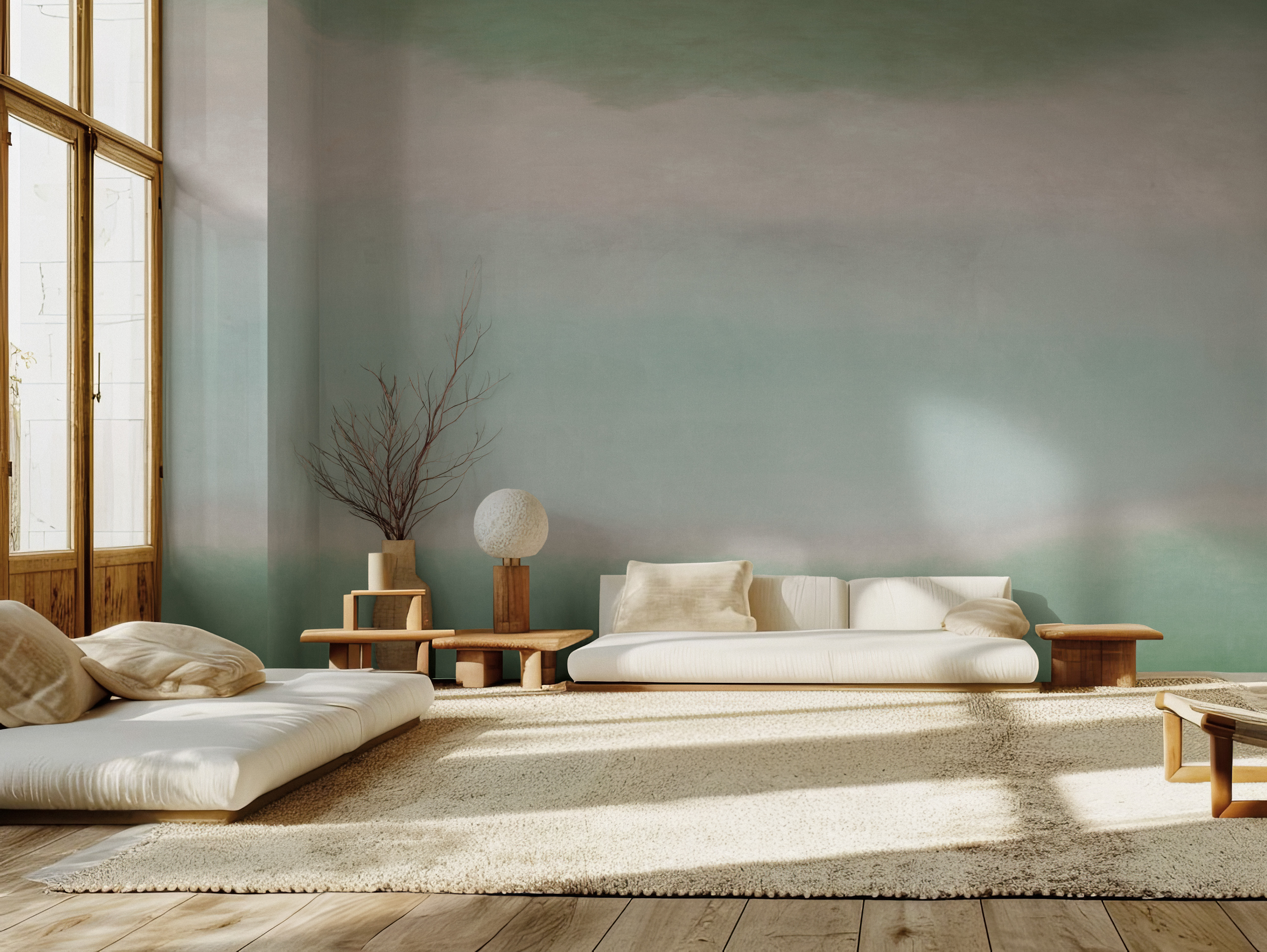
While the Alchemy design is a more abstract pattern, Enchantment is more linear
While Calico often collaborates with big name designers and architects including Lindsey Adelman, Daniel Arsham and Meyer Davis, these latest collections are the first inspired by this new context; one in which the duo have set up home and studio. Their carefully staged house—replete with furnishings and accessories sourced from contemporaries—is just up the hill from the progressive school in question.
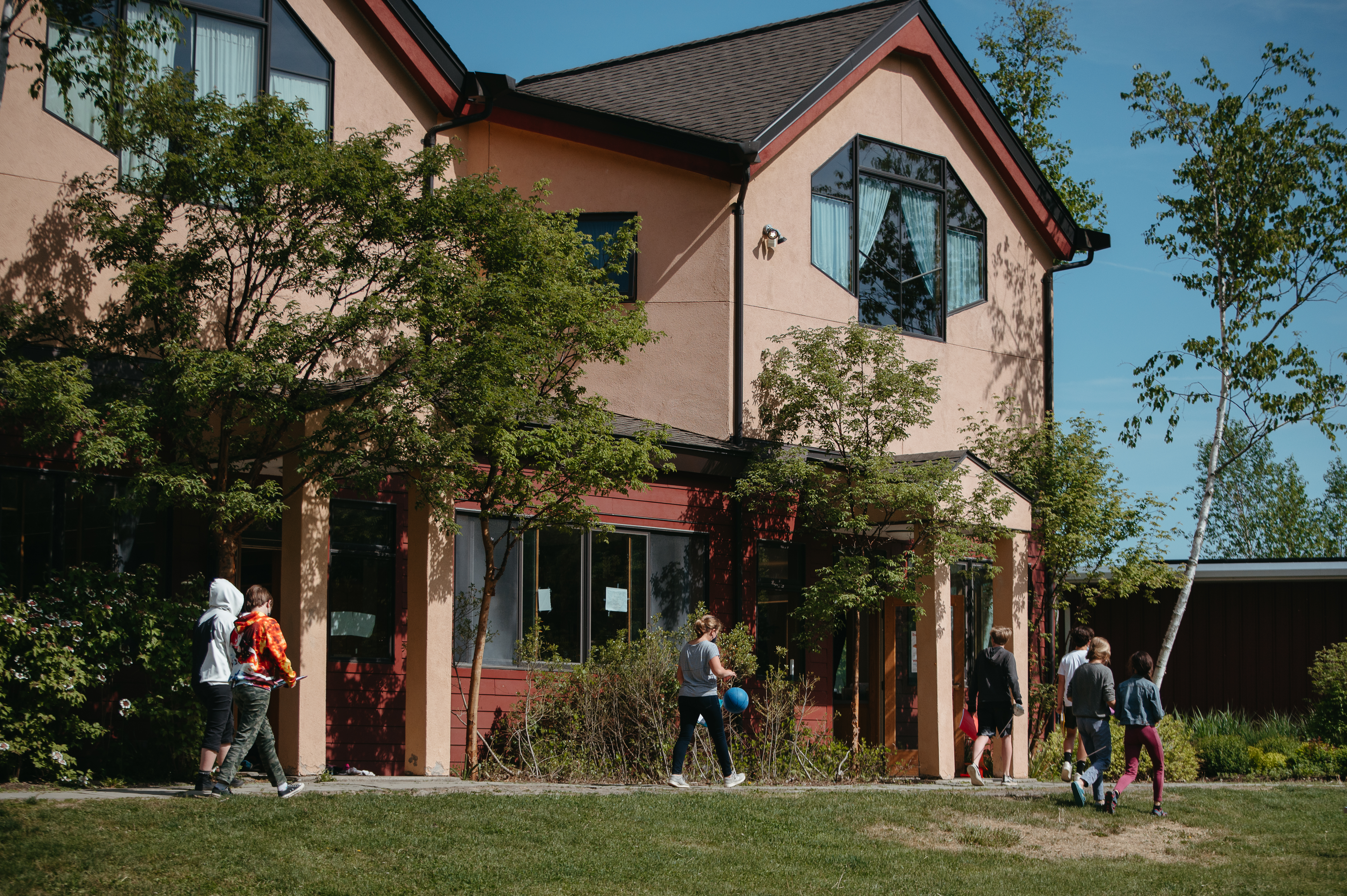
Hawthorne Valley Waldorf School
‘Relocating from the city to Ghent, New York profoundly influenced the creative vision behind the Alchemy and Enchantment collections,' she adds. 'Moving into a more natural, rural environment opened up a new appreciation for the cycles of nature and the mystical aspects of the land, which inspired a deeper exploration of texture, colour and form. The process became more immersive and meditative; having space to observe and interact with seasonal shifts and the subtle changes in light enriched the material experimentation and added layers of narrative to each piece.’
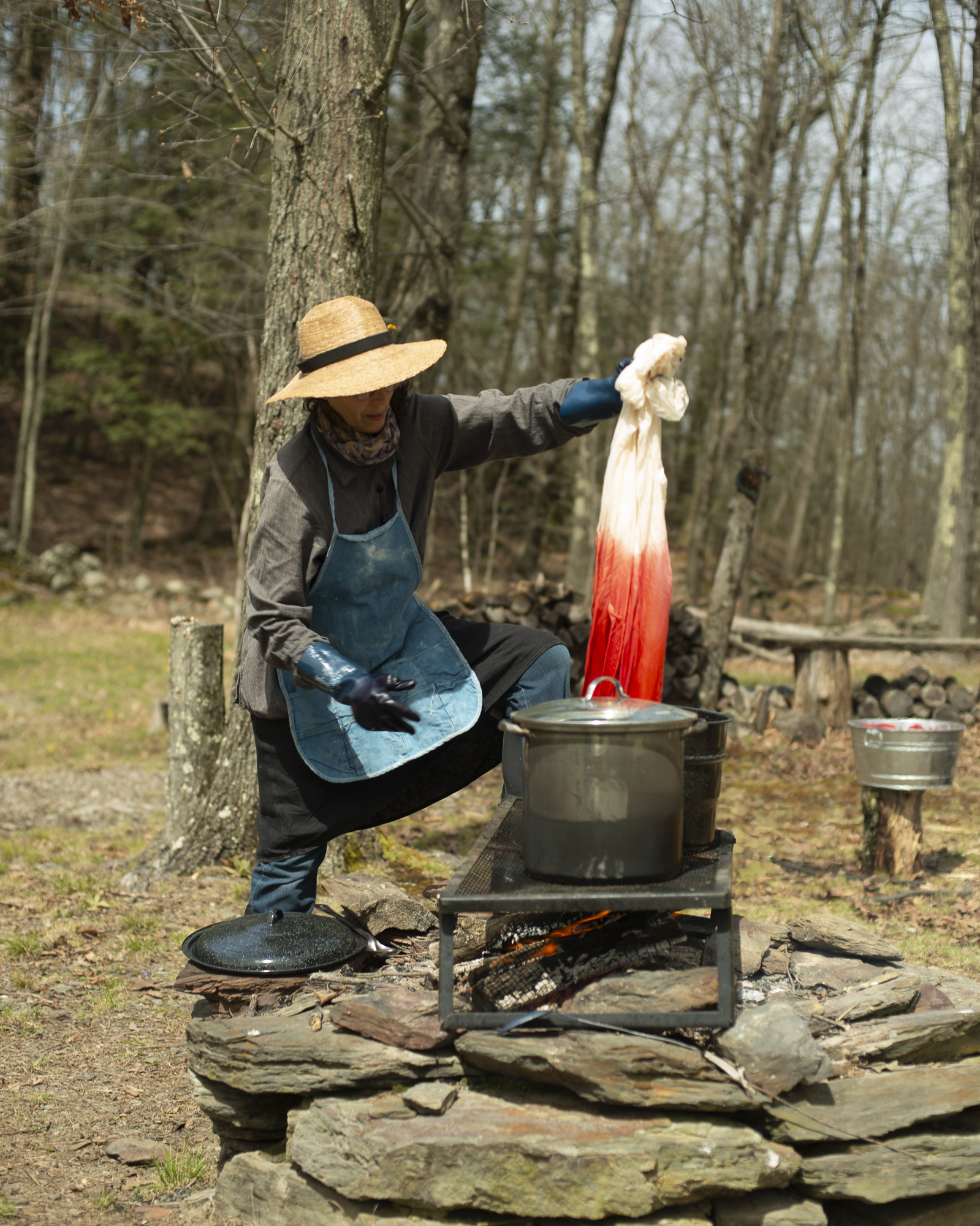
Natural dyeing process perfected by Hawthorne Valley Waldorf School teacher Janene Ping
Both available in seven dynamic colourways, the two collections capture the interplay between sun and earth with one more linear than the other. ‘The dying process reveals a journey in which the unforeseeable enchantment of colour unfolds each time the fibres are lifted from the brewing vessel,’ Ping notes. ‘The revelation of unexpected hues is the most rewarding.’ These naturally-occurring-pattern textiles were scanned and directly printed on Calico’s proprietary PVC-free clay-coated paper.
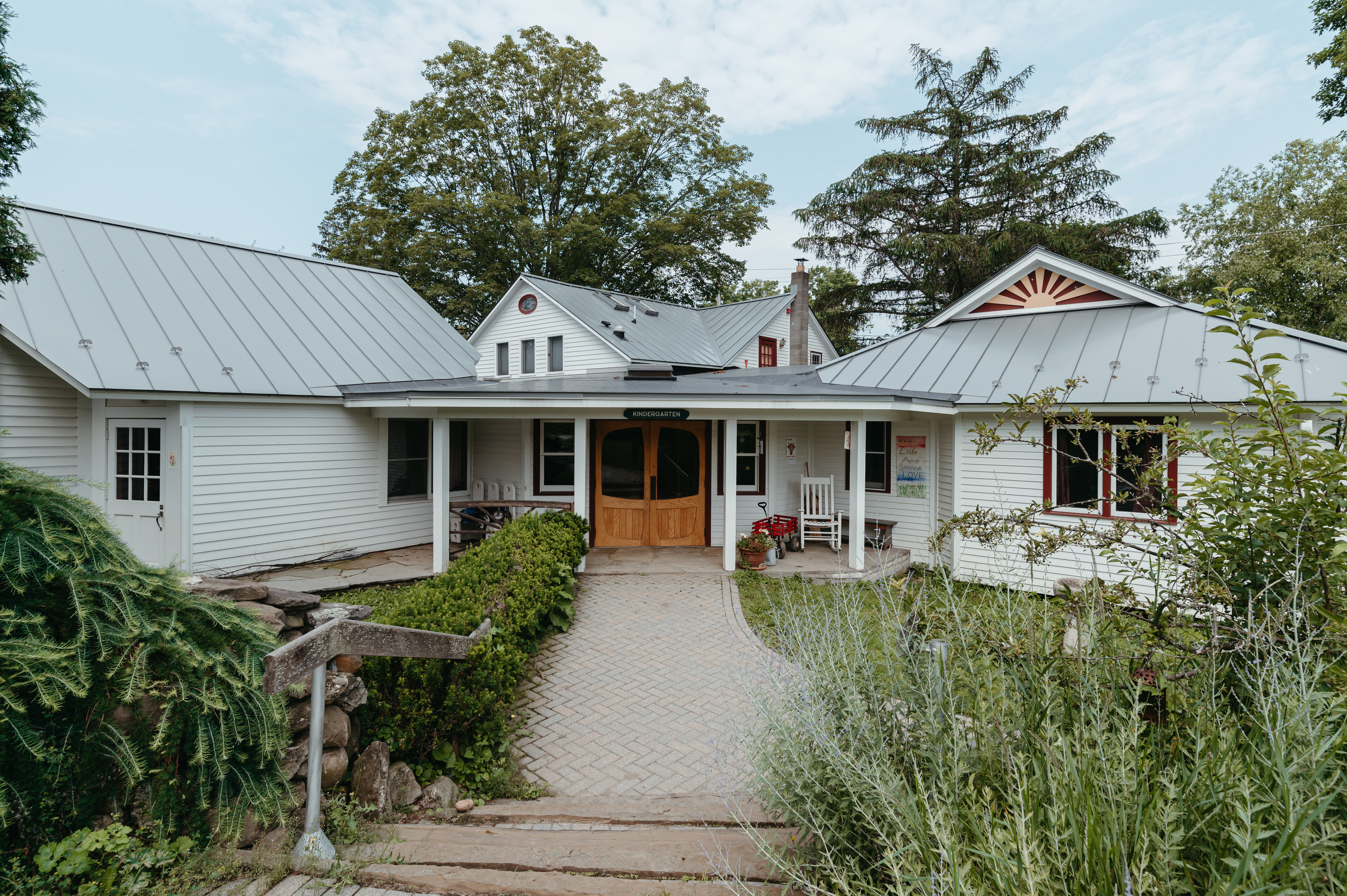
Hawthorne Valley Waldorf School is located on a community-run organic farm and promotes experiential learning.
A studio purpose-designed for different functions
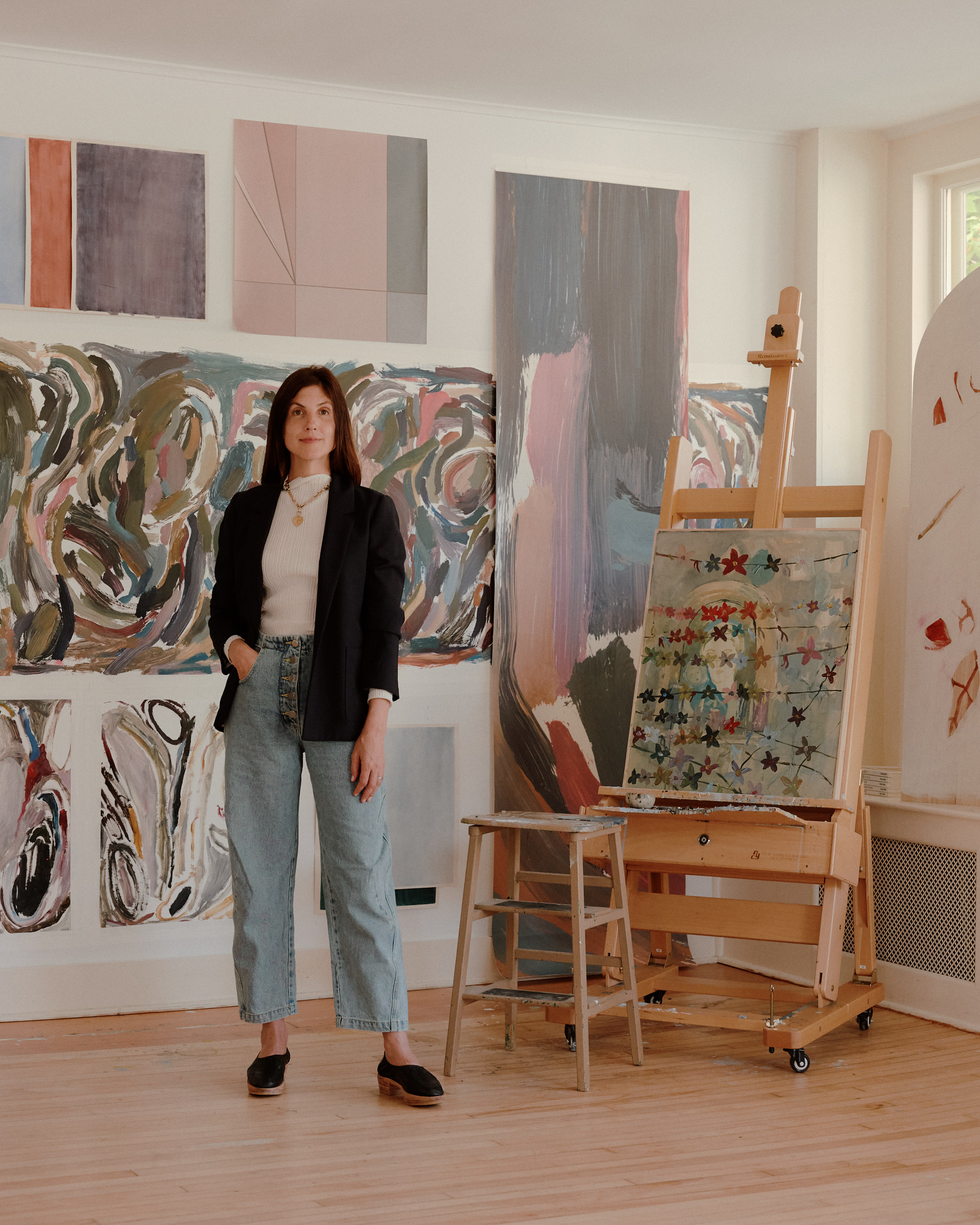
Calico co-founder Rachel Cope in her East Chatham, New York studio.
While Nick runs the business out of their home and their Canal Street flagship in Downtown Manhattan, Rachel’s studio is located in a repurposed Neoclassical home/storefront in nearby East Chatham, expertly outfitted by like minded interdisciplinary practice Office of Tangible Space. 'We were asked to create a multifunctional environment that houses both the Calico design studio and show space, as well as Rachel’s personal art practice,' firm co-founder Michael Yarinsky explains. 'The challenge was how to interpret the Calico brand through the lens of an existing farmhouse and yield a setting that showcases its wallpaper in a way that is impactful and entirely new.'
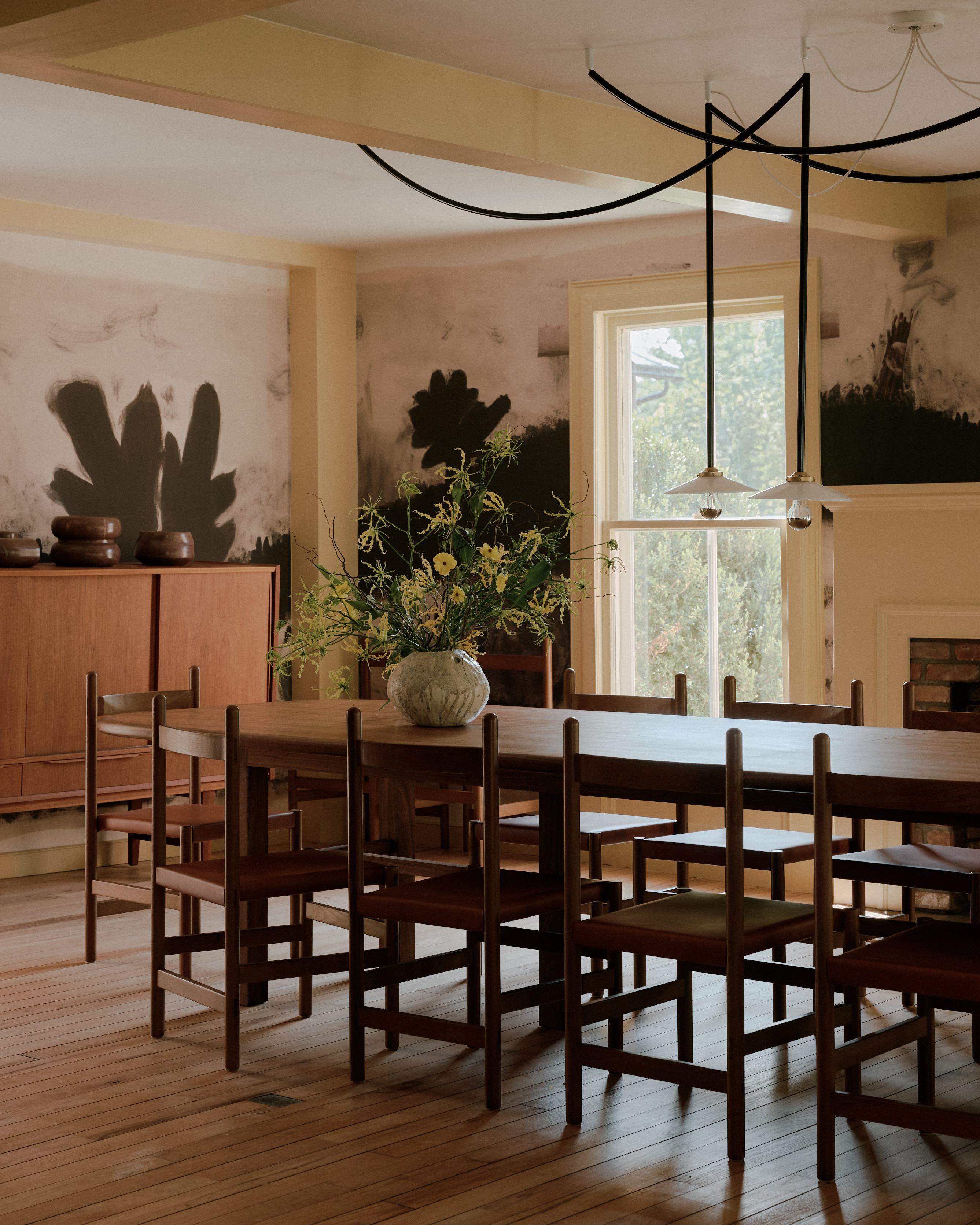
Rachel Cope studio and Calico visiting collaborator residence was outfitted by Office of Tangible Space.
Serving as a residence for visiting collaborators and as an atelier in which Rachel can experiment freely, the studio takes on the aesthetic of Shaker simplicity, Scandinavian functionality and Italian futurism; a blending of styles both indicative of the surroundings and Calico’s contemporary DNA. The dining room’s custom walnut table can accommodate up to 18 guests attending a dinner or an impromptu watercolour painting workshop. This room—clad in Faye Toogood’s Woodlands, Fields, and Moors Calico collection—is illuminated by a Muller Van Severen Ceiling Lamps N°4 & 5 chandelier.
Wallpaper* Newsletter
Receive our daily digest of inspiration, escapism and design stories from around the world direct to your inbox.
Forging community with contemporaries; friends old and new
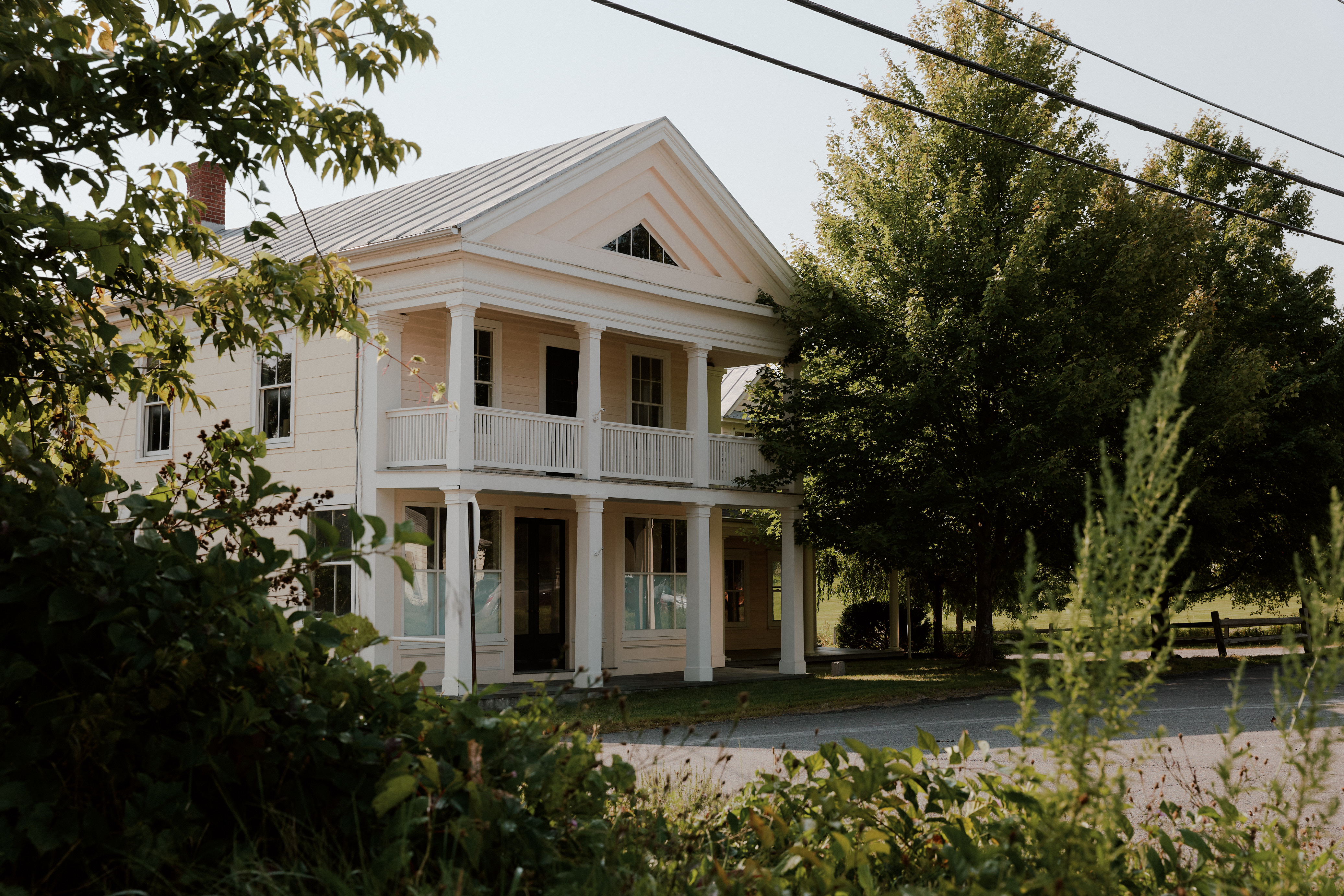
The East Chatham, Chatham and Ghent villages happen to also be home to other independent New York design practices that emerged after the 2008 recession. These include celebrated lighting brand Ladies & Gentlemen Studio, maverick furniture studio Vonnegut / Kraft, and fashion Instagram sensation Samantha Pleet. Master of sand-coated sculptural furnishings Fernando Mastrangelo lives and works just across the river in the Catskill Mountains, and noted ceramicist/designer Simone Bodmer-Turner has converted a large farmhouse in the nearby Berkshires region of Massachusetts as her home and studio.
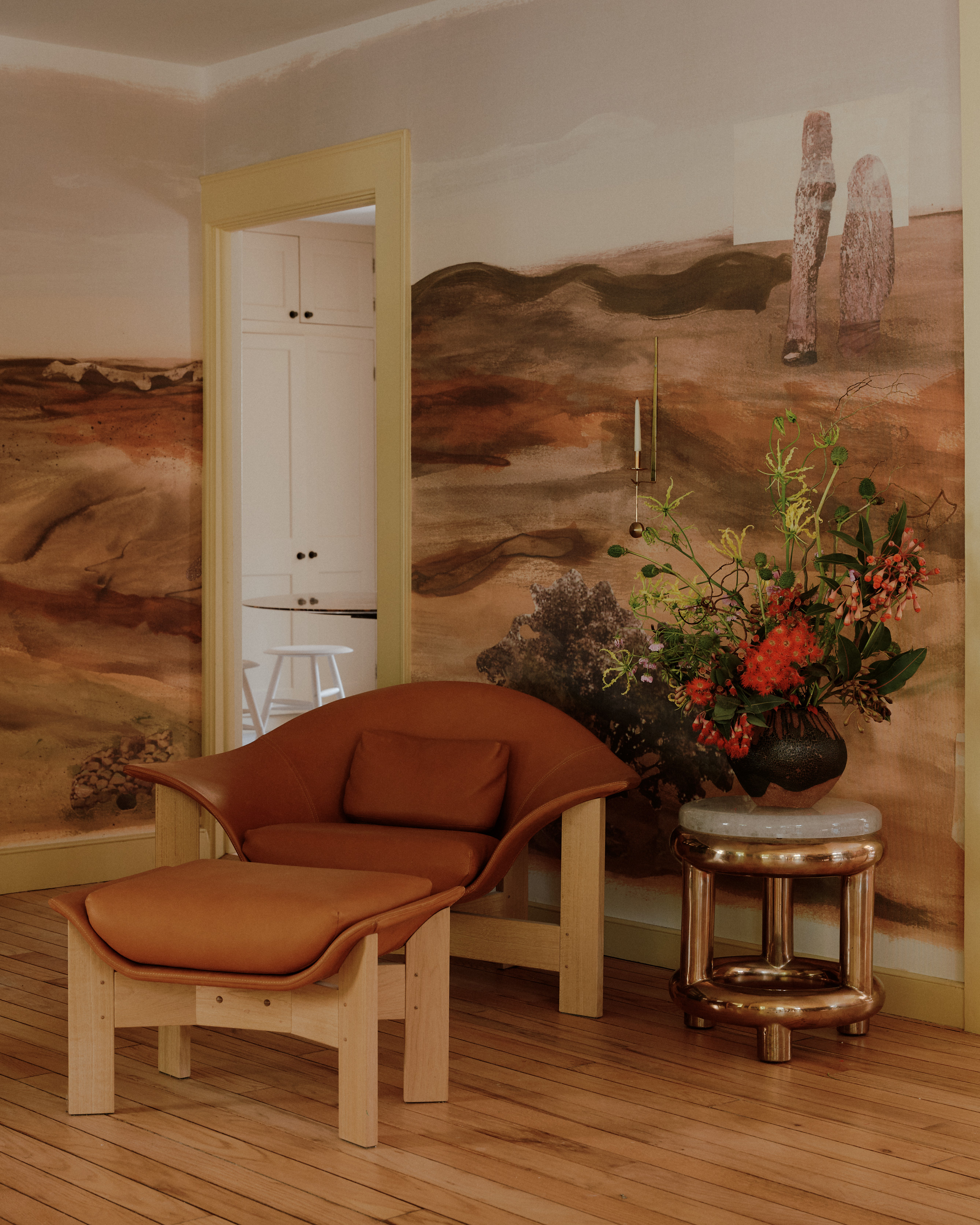
The studio features Faye Toogood’s Woodlands, Fields, and Moors Calico wallpaper collection.
'I’ll admit, moving up here initially felt daunting—I worried about trading the vibrant energy of the city for a quieter, more remote life,' Rachel says. 'But I was genuinely surprised to find a diverse, tight-knit community of artists and designers. The sense of connection is different; it’s almost easier to find your people when everyone’s kids go to the same school: Hawthorne Valley. Living in this setting has made it easier to collaborate with neighbours who share a similar passion. The creative dialogue has been as rich as, if not richer than, what I experienced in the city.'

Just about three hours away by car, this area isn’t overrun by tourists or second homeowners and so, there’s a much more consistent sense of community. Though Upstate New York is now where the Copes live and work most of the time, they still maintain a close connection to the city: their main showroom but also a Red Hook, Brooklyn Loft.
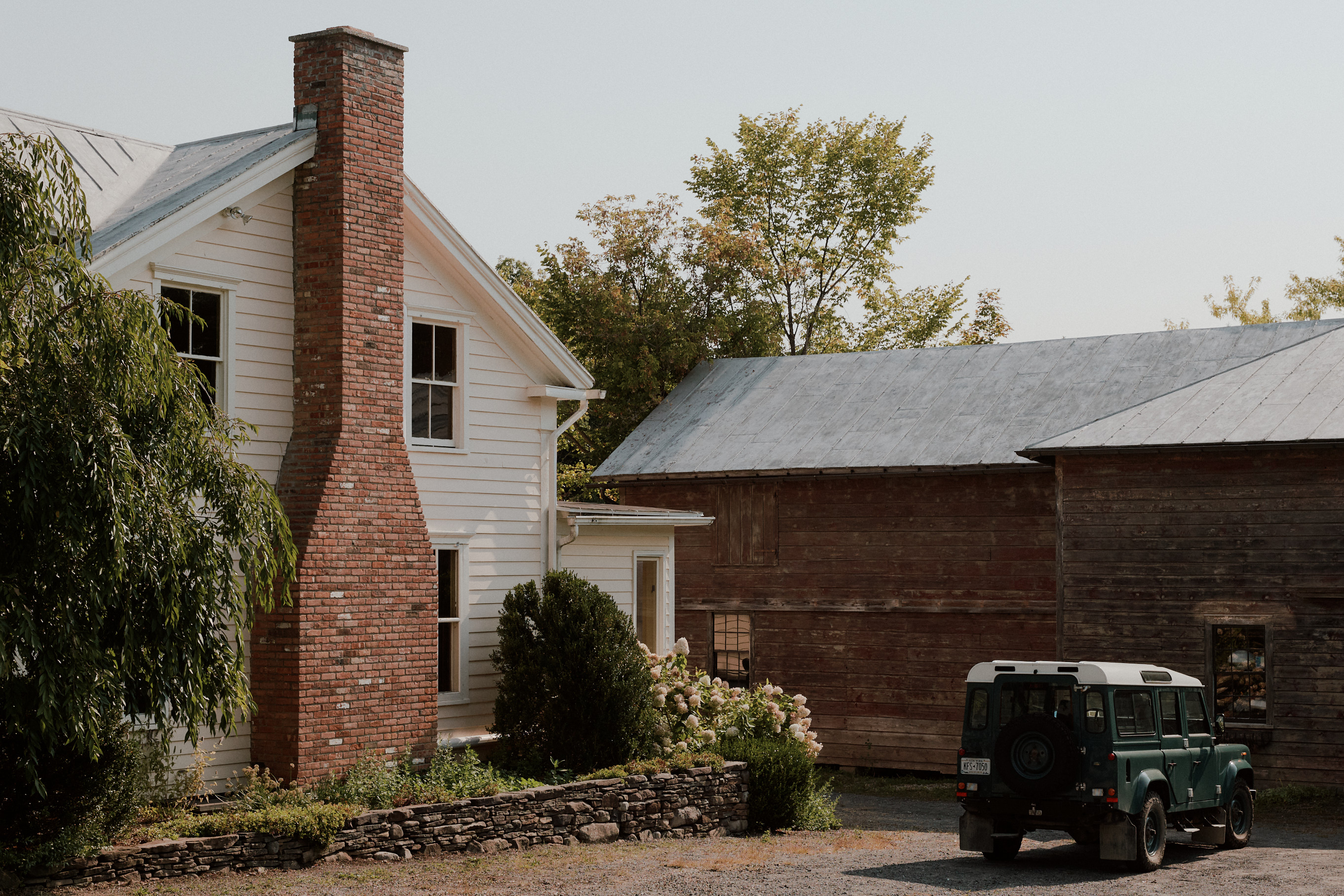
'I make regular trips in as a way to tap into the vibrant energy from time to time and cultivate my professional network,' she concludes. 'I love attending gallery shows in Chelsea; it keeps me inspired and aware of emerging trends. Balancing the calm, reflective atmosphere of rural life with these bursts of city creativity engenders a symbiotic rhythm where each place nurtures and informs the other, grounding my work while pushing it forward.'
This is the reality for most of the previously mentioned practices who manage to strike the balance between rural and urban life many people hope to attain.
Adrian Madlener is a Brussels-born, New York-based writer, curator, consultant, and artist. Over the past ten years, he’s held editorial positions at The Architect’s Newspaper, TLmag, and Frame magazine, while also contributing to publications such as Architectural Digest, Artnet News, Cultured, Domus, Dwell, Hypebeast, Galerie, and Metropolis. In 2023, He helped write the Vincenzo De Cotiis: Interiors monograph. With degrees from the Design Academy Eindhoven and Parsons School of Design, Adrian is particularly focused on topics that exemplify the best in craft-led experimentation and sustainability.
-
 Maserati joins forces with Giorgetti for a turbo-charged relationship
Maserati joins forces with Giorgetti for a turbo-charged relationshipAnnouncing their marriage during Milan Design Week, the brands unveiled a collection, a car and a long term commitment
By Hugo Macdonald
-
 Through an innovative new training program, Poltrona Frau aims to safeguard Italian craft
Through an innovative new training program, Poltrona Frau aims to safeguard Italian craftThe heritage furniture manufacturer is training a new generation of leather artisans
By Cristina Kiran Piotti
-
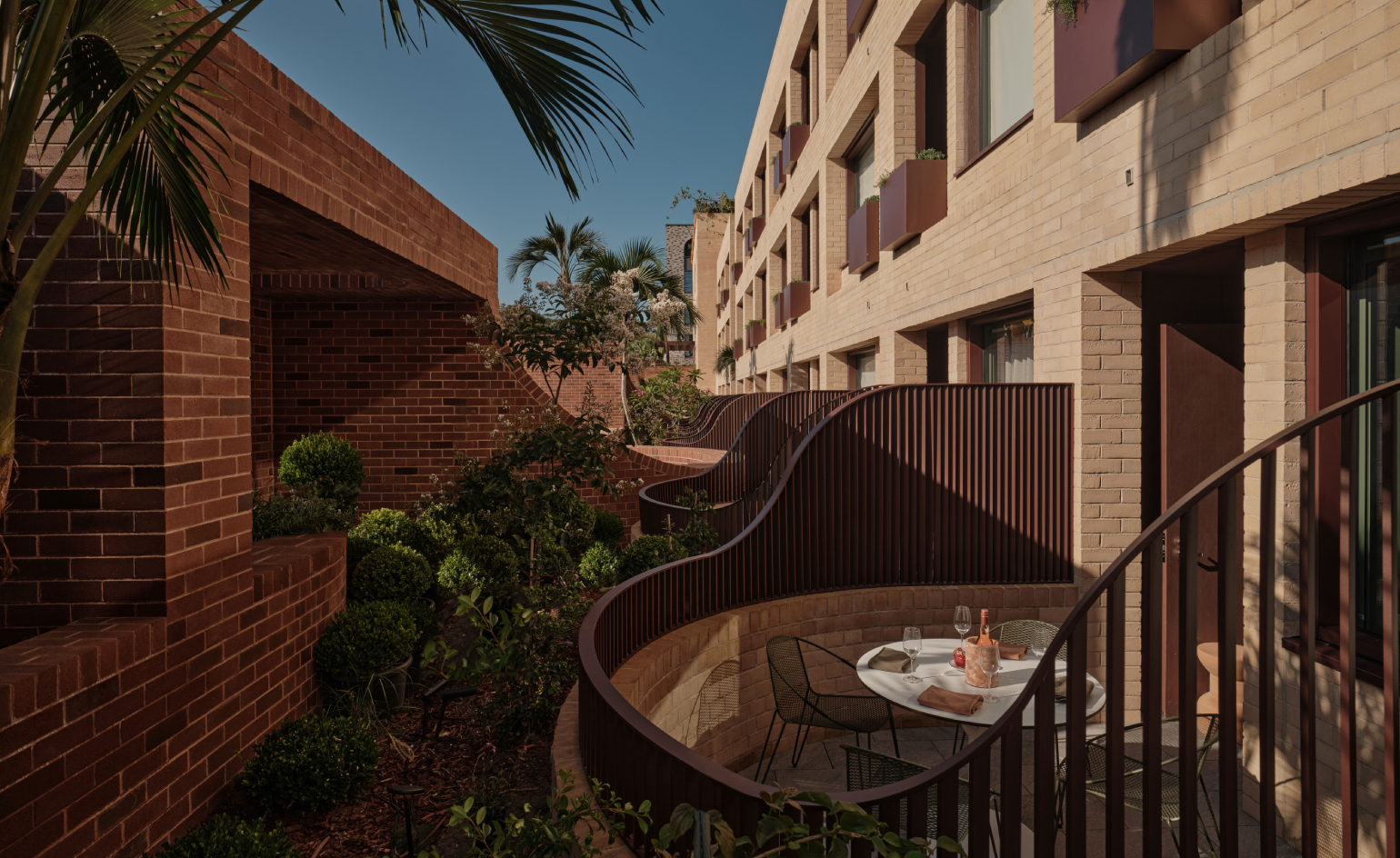 Wallpaper* checks in at The Eve Hotel Sydney: a lush urban escape
Wallpaper* checks in at The Eve Hotel Sydney: a lush urban escapeA new Sydney hotel makes a bold and biophilic addition to a buzzing neighbourhood that’s on the up
By Kee Foong